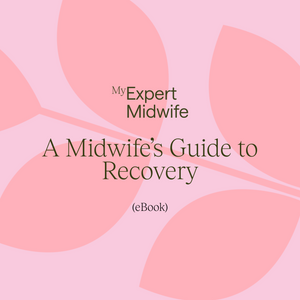Midwives are fundamental in offering continuous, personalised care that encompasses not only the physical aspects of pregnancy, labour, birth, and the postnatal period but also the emotional and educational support that women and their families need. Their approach helps to empower women to make informed decisions about their health and the birth experience. From antenatal visits, where they provide guidance, answer questions and complete regular screening tests, to being a steady, knowledgeable and reassuring presence during birth and postpartum, midwives ensure that women feel supported, confident, and heard throughout the entire journey.
A midwife has a wide range of responsibilities in supporting women and their families. Here are ten key responsibilities of a midwife:
-
Emotional Support: Offering emotional and psychological support to women and their families during pregnancy, labour, and postpartum, ensuring they feel empowered and informed. Offering reassurance and comfort, ensuring women feel heard, valued, and supported throughout.
-
Advocacy and Informed Choice: Ensuring women are fully informed about their options during pregnancy, labour, and postpartum care, and advocating for her choices in the healthcare system, respecting her autonomy and preferences.
-
Antenatal Care: Providing regular check-ups to monitor the well-being of both mother and baby, providing advice and guidance on healthy pregnancy practices.
-
Monitoring Fetal Health: Checking the baby’s heartbeat and position, ensuring that the baby is developing healthily and preparing for delivery.
-
Birth Planning: Discussing birth preferences with the mother, providing information on different delivery options (e.g., home birth, hospital birth), and ensuring the plan aligns with the woman’s wishes and medical needs.
-
Birth Assistance: Supporting women during labour and delivery by monitoring contractions, providing pain management options, and guiding the woman through the birthing process.
-
Postpartum Care: Offering care after the baby is born, which includes monitoring the health of the mother (e.g., checking for signs of complications like infection) and helping with breastfeeding and newborn care.
-
Family Education: Educating parents about birth, infant care, breastfeeding, and other important aspects of parenting, including signs of potential complications to watch for.
-
Identifying Complications: Recognising and diagnosing complications during pregnancy, labour, and postpartum, and referring women to specialists when necessary, such as obstetricians for high-risk pregnancies.
-
Collaboration with other healthcare professionals: Consulting with doctors, specialists, and other healthcare providers when needed to ensure optimal care.

























